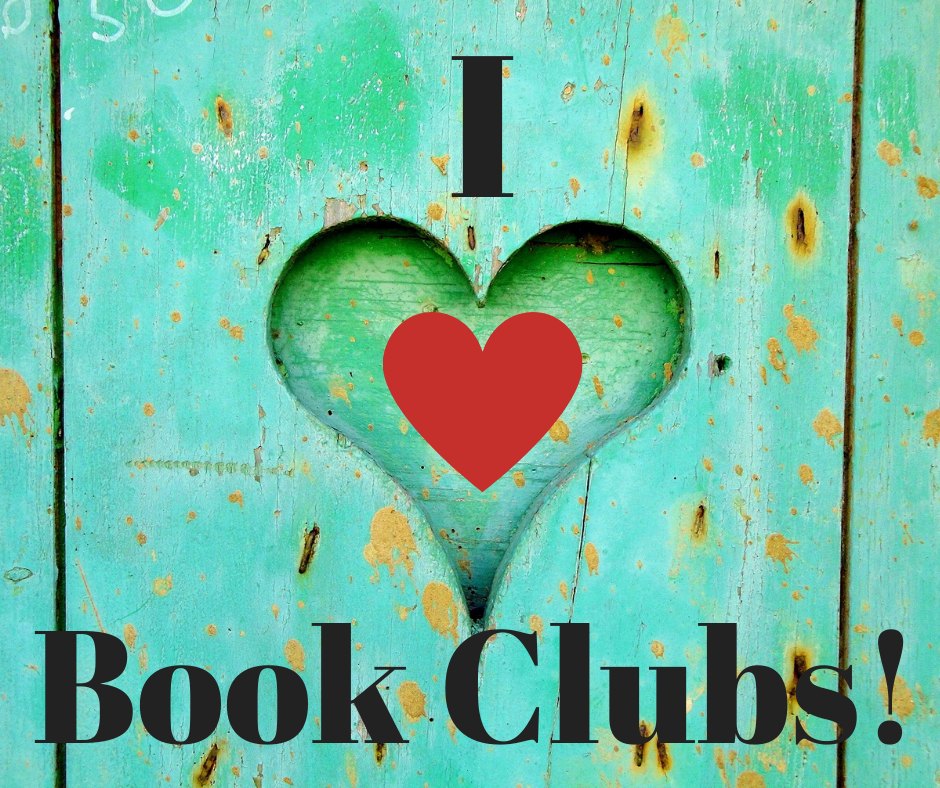Book Signings: The Weird, The Wacky, and The Wonderful
/I love book signings and panel presentations. I enjoy meeting and talking to readers and other writers. Though my writer friends warmed me when I started that I'd be asked numerous times where the bathroom was. Their other sage advice was for me to bring candy - lots of chocolate candy.
I am part of an anthology series, and we did over fifty-four events in a year and a half to promote Virginia is for Mysteries. I learned early in my writing career that book signings are always more fun with other authors. It's a party with the anthology authors get together. But we did have some wonderful and unusual experiences...
At my very first book signing, I pocketed my pen and phone and left my purse in my car. I signed one book, and the pen died. Thankfully, mom was there to rescue me with a spare. I now pack a bag with all kinds of supplies and giveaways.
I had the great pleasure to sign a book for Dr. Hal Poe (descendant of the Father of the Mystery) at the Poe Museum in Richmond, VA. I also had the opportunity to meet Dashiell Hammett's granddaughter at an event in Raleigh, NC. Two fan girl moments for me!
At one of our signings in North Carolina, a man asked the authors at my end of the table if the book had any stories about aliens in it. When we told him no, he proceeded to tell us about how he had been abducted from a farmhouse and the time he spent on a spaceship. He went into great detail about bright lights and probes.
We did a mystery panel in Charlottesville one year, and we were seated on a small stage in a large lecture hall. Afterwards during the signing, a woman told me that I needed more lipstick. I wasn't quite sure how to respond. I thought she was selling cosmetics or drumming up clients for a makeup business. After a long pause, she said, "Your lips disappear in the back of the room." I guess, she just wanted me to wear darker lipstick.
And on more than one occasion, people have asked me to read and critique their manuscript (which they happened to have in their car). My answer is always to talk about my critique group and my writing group. And how they are wonderful resources for constructive feedback.
We are in the process of scheduling events for our second anthology, and my debut novel, Secret Lives and Private Eyes comes out on June 20. I look forward to all the fun and the great stories. Do you have any wacky or wonderful signing experiences?
Yvonne Saxon and Me in Virginia Beach, VA
Meredith Cole, Me, and Jayne Ormerod at the Library of Virginia in Richmond, VA
Rosie Shomaker, Teresa Inge, Vivian Lawry, Me, Maggie King, and Yvonne Saxon at the Poe Museum in Richmond, VA











